Miklos Fridrich, a high school senior in Chesterfield County, has applied to 13 colleges. That might sound like a lot, but he knows classmates who have applied to 20.
The more colleges to which he applies, he figures, the better chance he has of being accepted to a quality school.
It has become more difficult to get into the state’s best colleges, making it harder for high school students to know where they will be accepted and where they will be rejected.
“The target is moving every year,” said Jim Jump, a counselor at St. Christopher’s School.
For the past three years, the University of Virginia, the College of William & Mary and Virginia Tech have been flooded with thousands more applications, causing their admission rates to go down.
Colleges are reviewing this year’s batch of applications, and most students will hear back by April 1.
People are also reading…
At UVa, the number of applications received has almost doubled in 10 years. The university received 57,000 applications this year — an all-time high.
If UVa extends the same number of offers as last year, it will have an admission rate of 17%. Ten years ago, UVa accepted almost 30% of applicants.
No college in the state has transformed like Virginia Tech. A decade ago, it received 21,000 applications and accepted 73% of them.
This year, it took in 47,000 applications, and it had an acceptance rate of 57% last year.
At William & Mary, applications rose from 14,000 to 18,000 in two years. The school anticipates accepting between 30% and 33% of applicants, said Suzanne Clavet, a spokesperson for the university.
While William & Mary’s acceptance rate is down compared with recent years, it is about equal to where it was a decade ago, the result of growth in enrollment and fewer students accepting the college’s offer.
The three colleges charge in-state students between $27,000 and $37,000 a year for tuition, fees, room and board. While UVa and William & Mary are the two most expensive public schools in the state, they are significantly cheaper than the nation’s elite private schools.
Private colleges in Virginia such as Washington and Lee University and the University of Richmond have low acceptance rates, too.

Brand recognition matters
There are a number of reasons why applications are up. These schools stopped requiring standardized test scores, encouraging students who would not normally apply for an elite school to throw their hats in the ring.
Virginia Tech has worked to simplify its application process by streamlining how student send transcripts. It now allows students to apply using the Common App.
Another factor is the brand recognition these colleges carry.
“A lot of it is still brand,” said Tod Massa, policy analytics director at the State Council of Higher Education for Virginia. “These are the top-brand schools. Everyone knows who they are.”
As admission rates go down, the academic standards necessary for acceptance goes up, Jump said. It is not a dramatic increase, but the bar seems to be raised every year.
Such constantly changing requirements make it harder for counselors like Jump and students like Fridrich to predict where they will be accepted. Rejection can mess with a kid’s confidence, Fridrich said.
Increased interest is not limited to Virginia’s top colleges. What Jump calls the “ESPN schools” — large Southern public universities such as the University of Georgia, the University of South Carolina and the University of Tennessee — have seen their application numbers skyrocket.
Those schools have increasingly recruited Virginia students, who are relatively wealthier than graduates of other states and bring more revenue than in-state students. High school grads in Virginia are increasingly more likely to choose an ESPN school, according to state data.
Colleges continue recruiting and searching for more applicants even when they do not need more applicants, Jump said. A college’s U.S. News & World Report ranking and its bond rating are affected by the number of applications they receive and by their admission rates.
These three schools “aspire to be nationally known universities,” Jump added. “Part of the way you do that is by being selective.”
Some argue that elite colleges should increase their capacity to keep up with demand. Virginia, William & Mary and Virginia Tech have grown in recent years. But growth requires years of planning and additional resources.

People walk through VCU’s Monroe Park Campus in October.
Colleges do not target particular admission rates
Virginia, William & Mary and Virginia Tech do not aspire to particular admission rates, spokespeople for the colleges said. They focus on attracting the most talented students they can, and they consider the percentage of applicants who accepted the school’s offer last year, a figure known as its “yield.”
Colleges also must strike the right number of in-state and out-of-state students, and they consider the number of open seats in each department or major.
“It is increasingly tough to predict from year to year,” said Brian Coy, a spokesperson for UVa.
While it can be difficult to gain admission to certain colleges, getting into a four-year college in Virginia is not hard.
“We have a place for every Virginia student that wants to go to college in Virginia,” said.
At most colleges in Virginia, admission rates are going up. James Madison University accepted 86% of applicants in 2021, the most recent year with available data. Virginia Commonwealth University accepted 92%.
Altogether, the number of college students in the state has declined in the past decade as costs have continued to increase. This has created a divergence in Virginia colleges, in which some are booming and others are fighting over a shrinking pool of applicants.
Higher admission rates do not indicate that colleges are accepting substandard students, Massa said. Fewer students are dropping out of Virginia colleges, and a higher percentage are graduating. The way Massa sees it, colleges are working harder to find students and working harder to keep them. That is a good thing.
“That level of engagement serves students well,” Massa said.
VCU does not shy away from its admission rate. It embraces its goal of serving low-income and first-generation students. Its board of visitors has discussed modeling itself off Arizona State University, which accepts every student who meets a certain academic threshold.
Admission to an elite college is not a prerequisite for earning a high-paying job, either. According to earnings data, a student’s major is a far greater determinant of income level than a student’s college.
Jump tells his students their college experience is more important than the reputation of their college.
“There are lots and lots of good places,” he said. “It’s a mistake to set your heart on ‘I have to go here or I’ll be a failure.’”
Of the 13 schools to which Fridrich applied, he has gained acceptance to three and is waiting to hear from the rest. He knows the college he chooses will not define who he is, but he still worries about which schools will accept him.
“It’s not a logical thing,” Fridrich said.
From the Archives: Broad Street Station
A look back at the Richmond train station which houses the Science Museum of Virginia today.
Broad Street Station
09-06-1962 (cutline): There will be no more free parking for motorists at Broad Street Station. The temporary toll booth shown has been set up at the Robinson St. entrance to the station parking lot to collect parking fees from motorists. A permanant booth is being built near the present booth. The Davis. St. entrance has been blocked off to prevent cars from entering the lot from that side.
Broad Street Station
04-01-1944 (cutline): Service for servicemen--A member of the 1345th Service Unit, Richmond Military Police Battalion (in booth), gives directions to visiting serviceman at a new servicemen's information booth established at Broad Street Station. A similar booth is in operation at Main Street Station.
Broad Street Station
08-07-1951 (cutline): Repair of Broad Street Station front--The maze of scaffolding in front of Broad Street Station is being used by workmen doing routine work on the Indiana limestone building. This is the first time the mortar between the stone blocks has been working on since the building was constructed. The work is being done while the station's dome is being repaired. It leaves only one way to enter the front of the building--through the tunnel just visible in the center of the scaffolding.
"difficult" - Google News
March 11, 2023 at 07:45PM
https://ift.tt/mltH45B
Admission to Va.'s best colleges is getting more difficult - Richmond Times-Dispatch
"difficult" - Google News
https://ift.tt/bBp25r7
https://ift.tt/KP4hxWZ
Bagikan Berita Ini
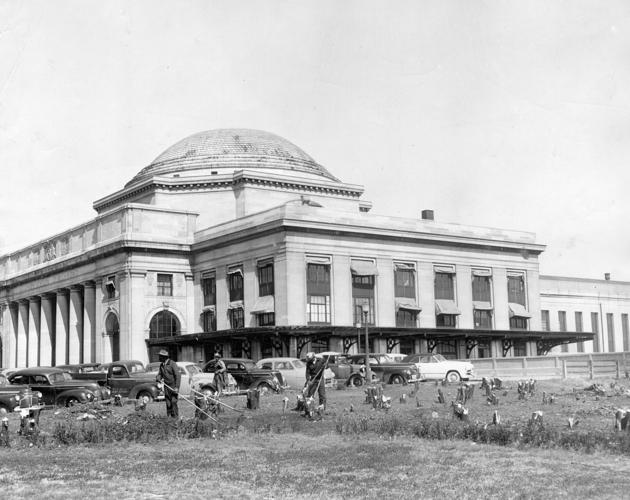


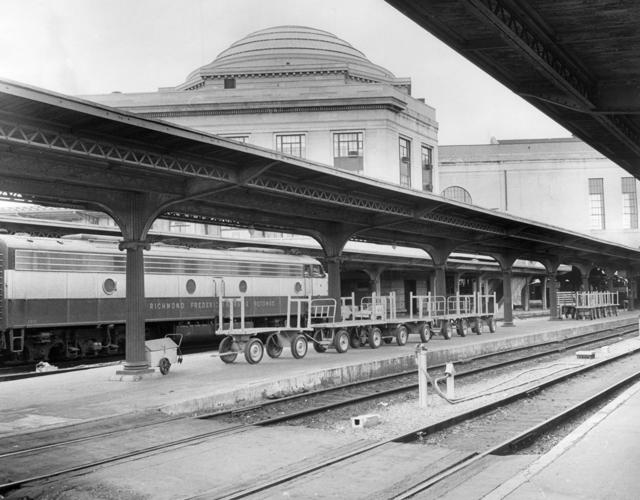
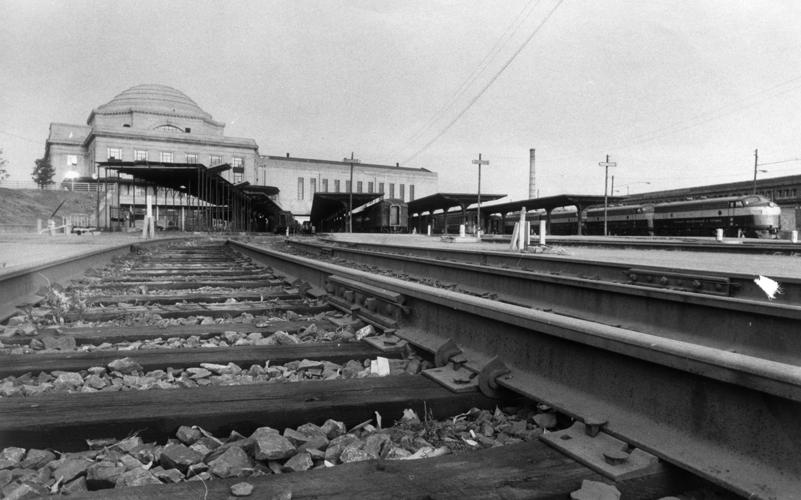
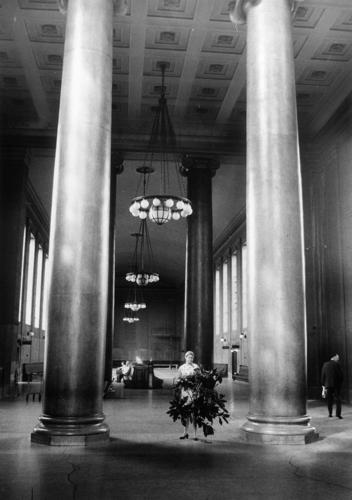
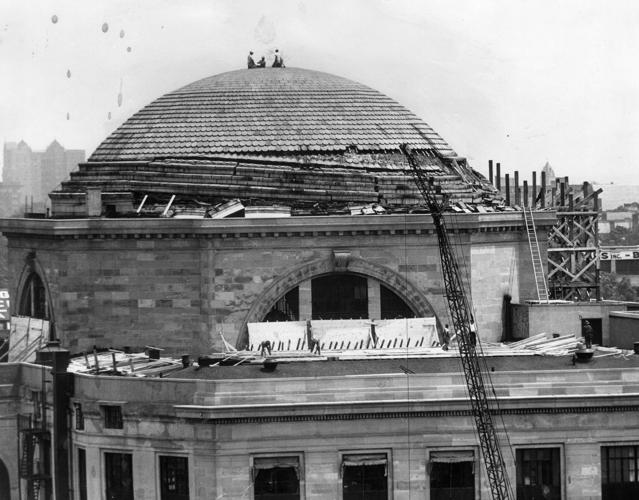
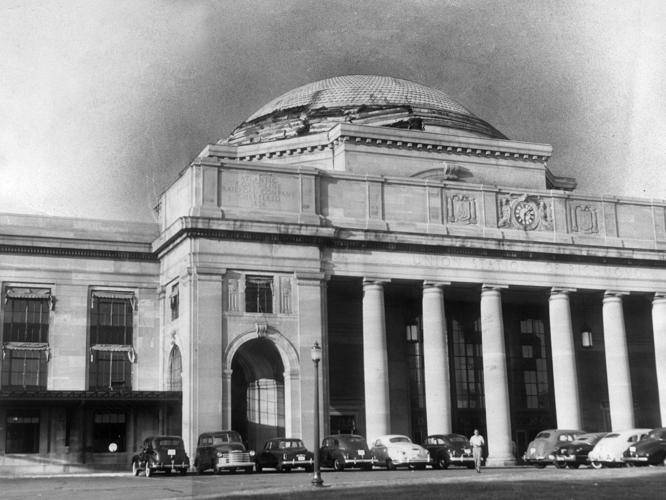
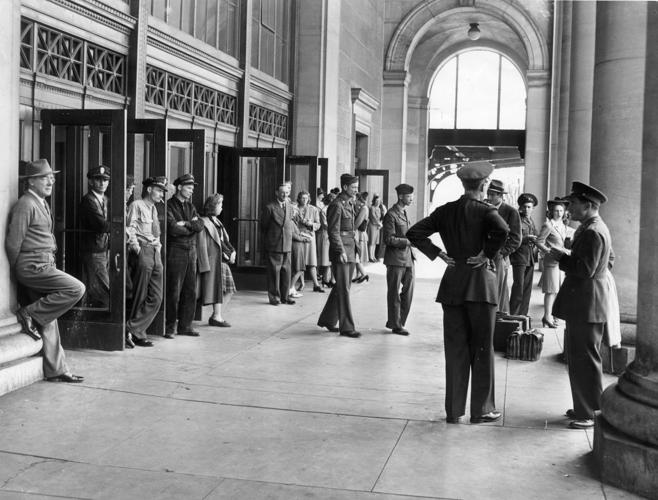

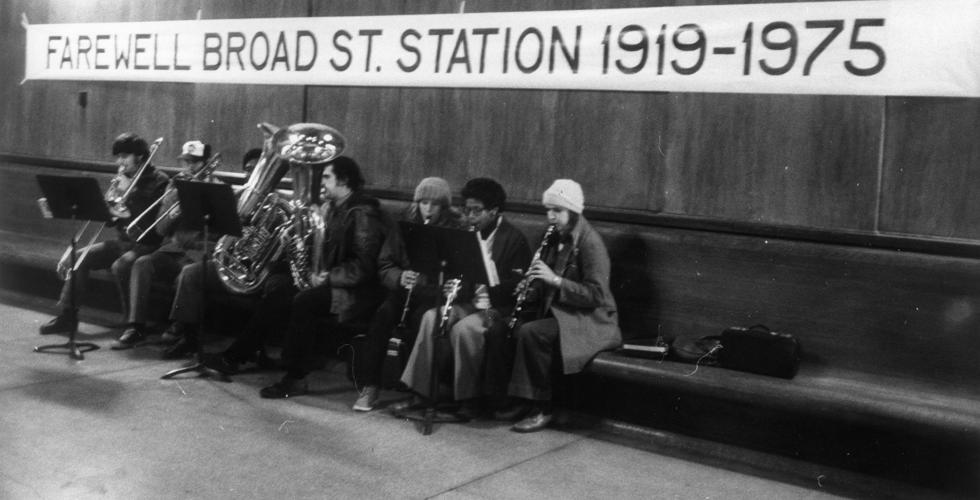
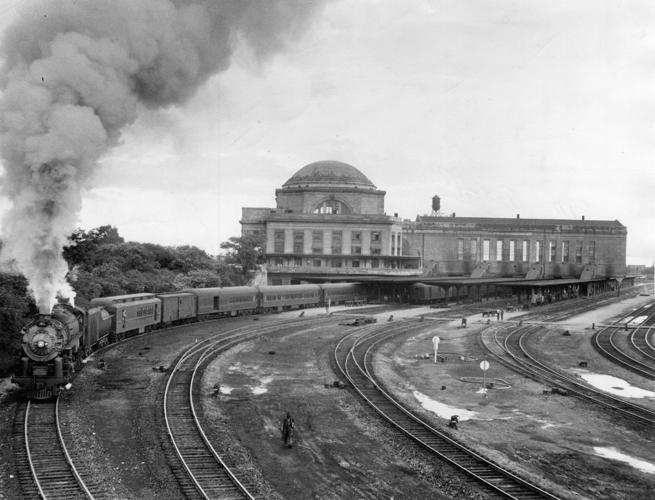



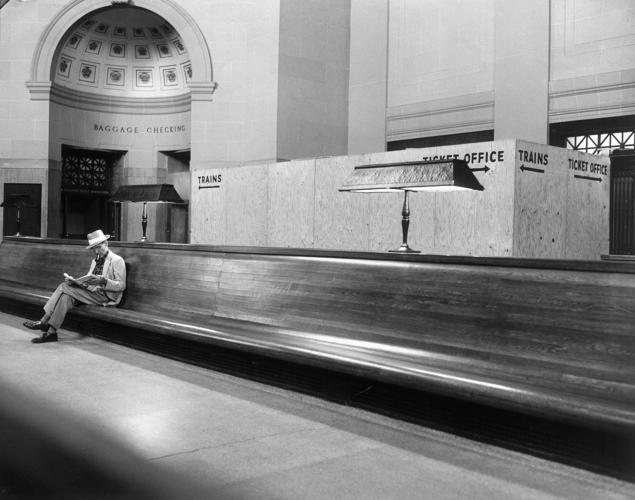
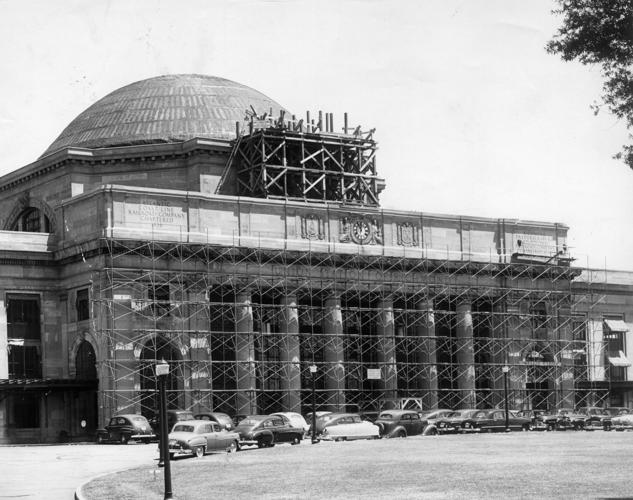














0 Response to "Admission to Va.'s best colleges is getting more difficult - Richmond Times-Dispatch"
Post a Comment